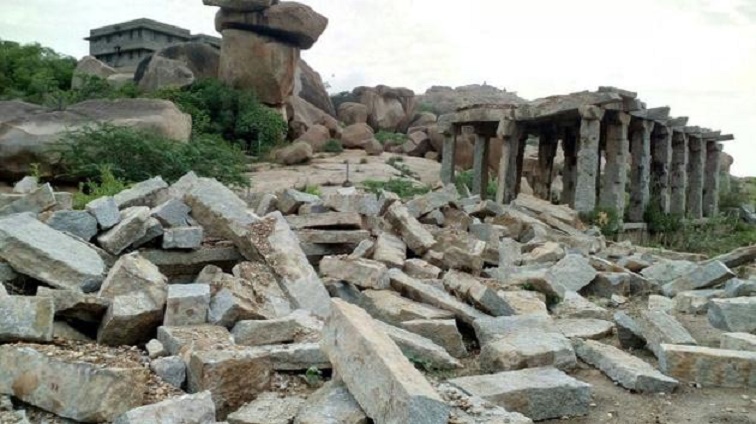Sew La Ti Embroidery [Search results for water]
Natural Heritage: Pre-Inca canals may solve Lima's water crisis

Rain barrels — for economical owners!

Rain chains instead of drains

Solar: the Perfect Technology for the Contemporary Dwelling

Back from the dead: Astonishing pictures show how Japan is recovering just three months after tsunami

Superslim Princess Beatrice keeps shedding pounds thanks to 'water and fruit diet'

For Bea, what a difference three years makes as self-conscious teen is transformed into glam princess
India: Hampi’s ‘saalu mantapas’ collapse

India: Buddhist sites in Thotlakonda and Bavikonda cry out for attention

Simple Chains Magic

Heritage: Byzantine bathhouse in Thessaloniki restored

Heritage: Amphipolis Tomb falls victim to lack of funding

Shampoo-conditioner for care UGG
East Asia: 800-year-old Buddhist statue of 'goddess with thousand hands' restored to former glory

Tree Felling 101 for the Lavish Property Owner

Pippa Middleton gets herself a job at an environmental firm owned by her ex

North America: 18th century Spanish-built Alamo fort in San Antonio awarded World Heritage status

Huge Pipes, As an Architectural Element
The Concrete Romanticism in Lisbon

Elf 'n' safety shuts Murray Mount: Fans might slip on the grass, warn officials



